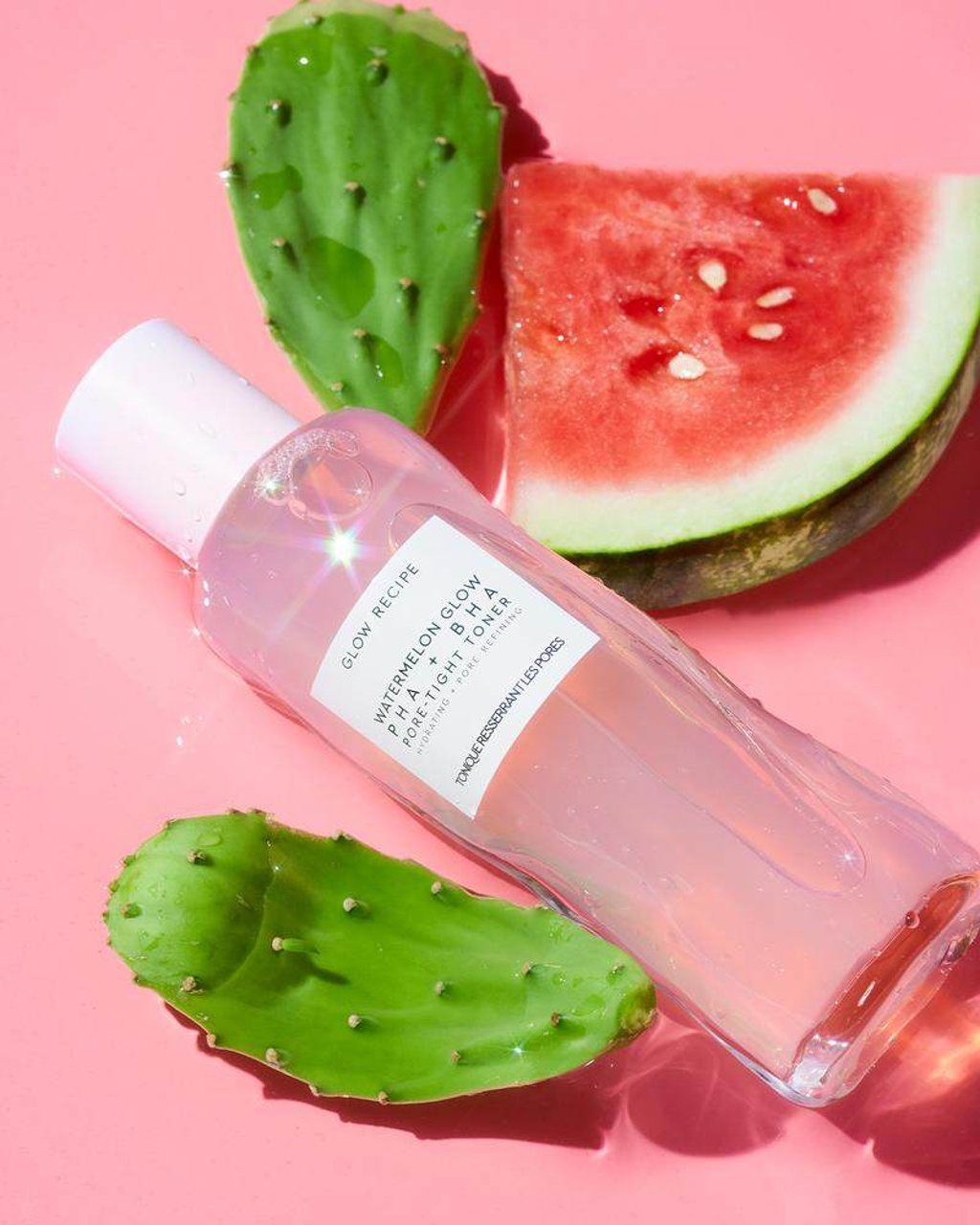How to pair the active ingredients in your skincare routine, from retinol to vitamin C, to get the best results and avoid irritation
- Not all active ingredients get along with one another, and mixing them can lead to over-drying, over-exfoliating or irritation of the skin
- Don’t pair retinol with vitamin C, as that can lead to irritation and allergic reactions, and layer acids with hydrating ingredients to help your skin rebalance

If you’re into skincare there’s a chance you own a plethora of serums, cleansers, moisturisers and whatnot to keep your skin healthy. While swimming through the sea of beauty blogs, TikTok trends and YouTube channels out there, you’ve probably bumped into the term “actives” – but what are they exactly?
“Mixing actives is very commonplace in the routines of skincare veterans, with the caveat being that we tend to carefully monitor the concentration of active ingredients and how many we are layering since the main worry is over-exfoliation and a damaged moisture barrier,” says Amy Erdman, a US biologist, educator and K-beauty blogger.

“So, besides introducing an active one at a time, I often switch to using more soothing and hydrating products to help mitigate any potential irritation. If things are good, my routine will go back to normal with, for example, my glycolic acid toner.”